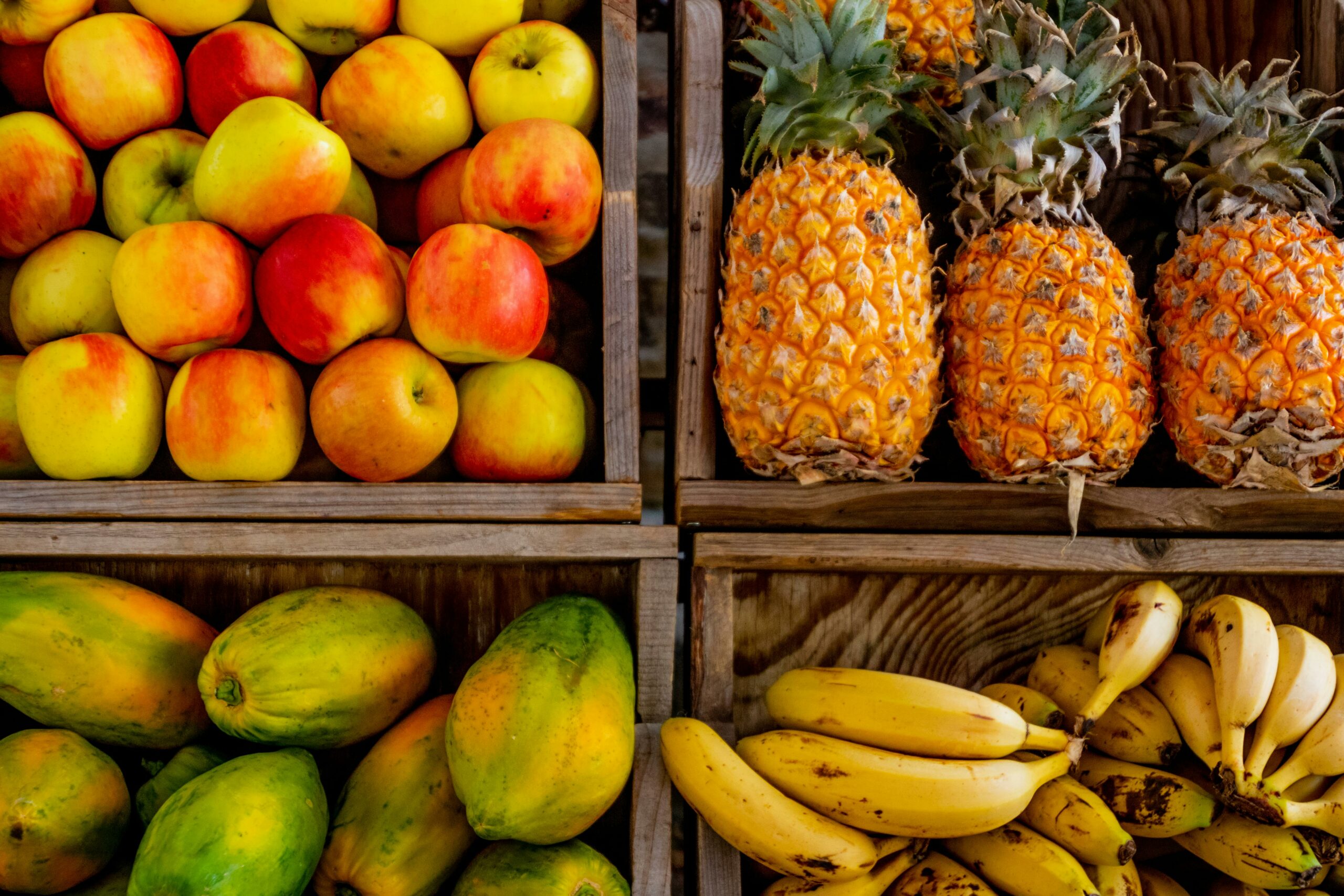South Africa’s lush subtropical orchards are more than just a source of delicious fruit; they are an economic engine with untapped global potential. This was the central message from Agriculture Minister John Steenhuisen, who recently laid out an ambitious roadmap to transform the sector from a regional heavyweight into a truly global player.
Speaking at the Subtropical Marketing Symposium, Steenhuisen emphasized that the future lies not just in producing more, but in selling smarter and venturing beyond traditional markets. “I pledged to ensure that South Africa’s agriculture would compete not just on volume, but on value,” he stated. “Nowhere is this more relevant than in the subtropical sector.”
The Avocado Ambition: Cracking the Asian Code
The numbers are impressive. South Africa produces around 155,000 tons of avocados annually, with nearly half exported fresh. However, the destination of these exports tells a story of reliance: 75% go to the European Union and Russia.
The minister pinpointed a golden opportunity in India. South African growers can supply large avocados from May to August, perfectly filling a gap when South American supply wanes. “India presents a substantial opportunity,” Steenhuisen said, highlighting a strategic window to capture the taste buds of millions of new consumers.
Similarly, markets like China and Japan, which currently account for less than 1% of exports, represent a frontier of “enormous potential.” Steenhuisen noted that Japan’s high standards for sustainability and traceability are a hurdle South Africa is well-equipped to clear, provided there is stronger coordination between government and industry.
Mangoes and Litchis: Untapped Potential in Rural Heartlands
The vision extends beyond avocados. The mango sector, a key employer in provinces like Limpopo, Mpumalanga, and KwaZulu-Natal, processes most of its crop into juice and dried fruit. Steenhuisen sees a chance to export more fresh mangoes by investing in critical infrastructure.
“The opportunity exists for… establishing regional export-grade treatment and cold-storage facilities in Limpopo and Mpumalanga,” he said, advocating for public-private partnerships to unlock this value.
For the smaller but high-value litchi sector, the challenge isn’t quality but bureaucracy. Steenhuisen cautioned that lengthy pest risk analyses (PRA), which can take years, are stifling market expansion to lucrative destinations.
A Broader Trade Offensive
This subtropical push is part of a wider trade agenda. The minister revealed progress on eleven major market and tariff fronts, including a World Trade Organization dispute against the EU’s restrictive citrus measures and ongoing negotiations with the US for broader citrus access.
Echoing the minister’s sentiment, Wandile Sihlobo, chief economist at Agbiz, called market diversification “essential for the sector’s sustainability.” He stressed that while high-level political trips open doors, “the real work of ensuring we have greater access… starts now.”
The message is clear: South Africa’s subtropical fruits are ready for the world stage. The strategy is set. The next step is the hard, collaborative work of turning this potential into prosperity for farmers and the economy alike.




























